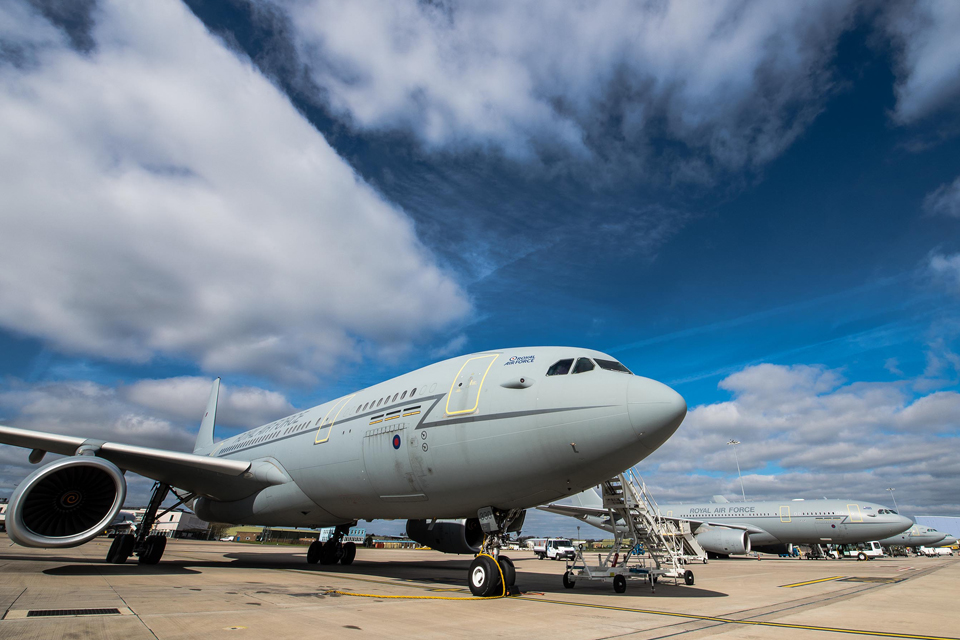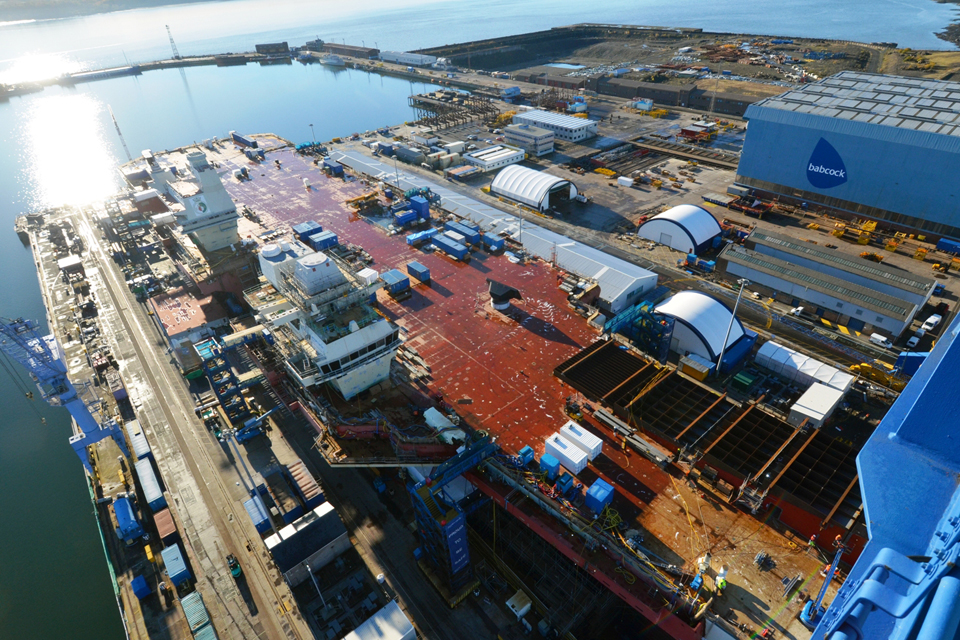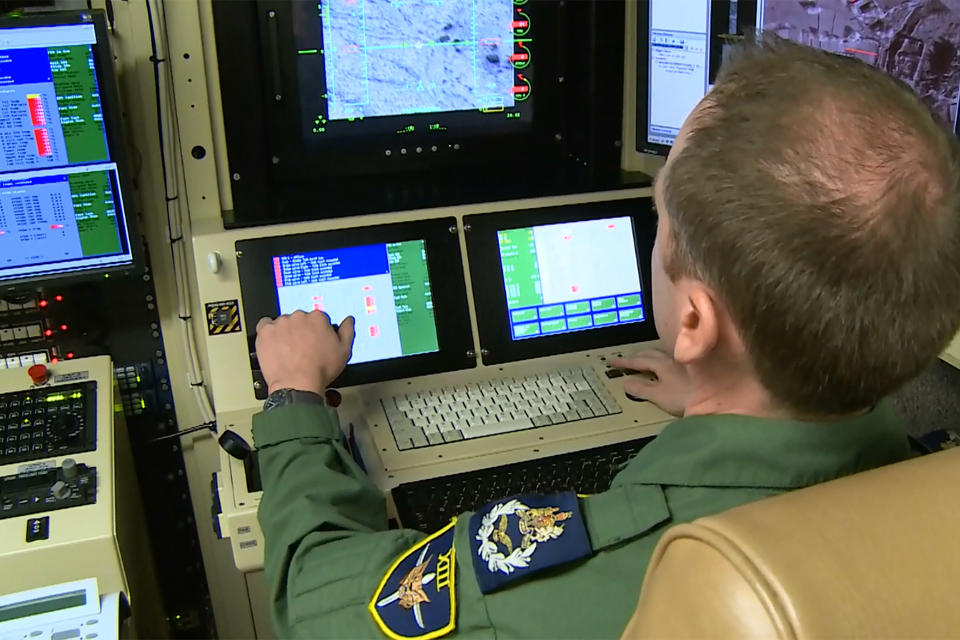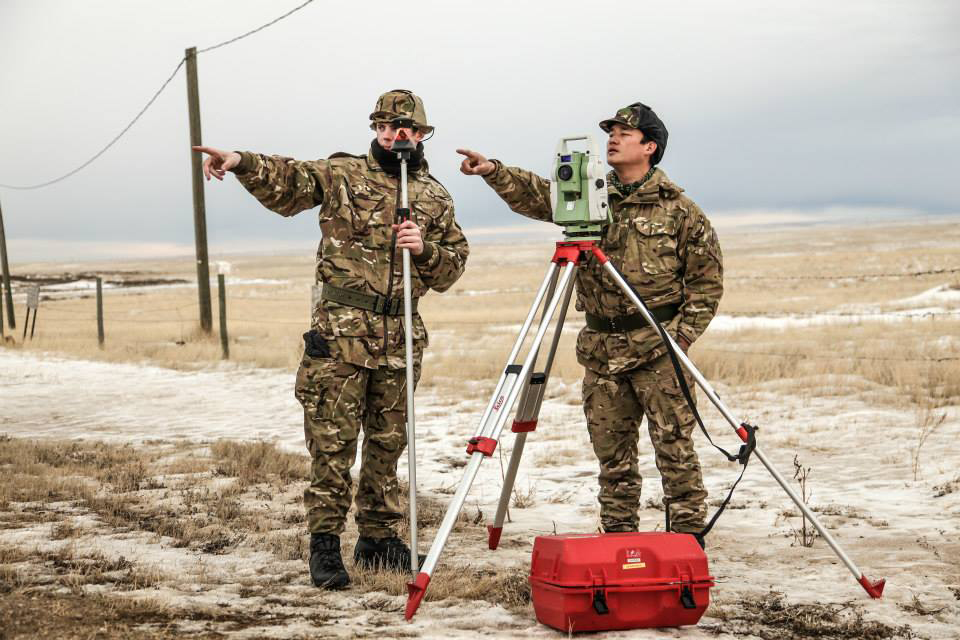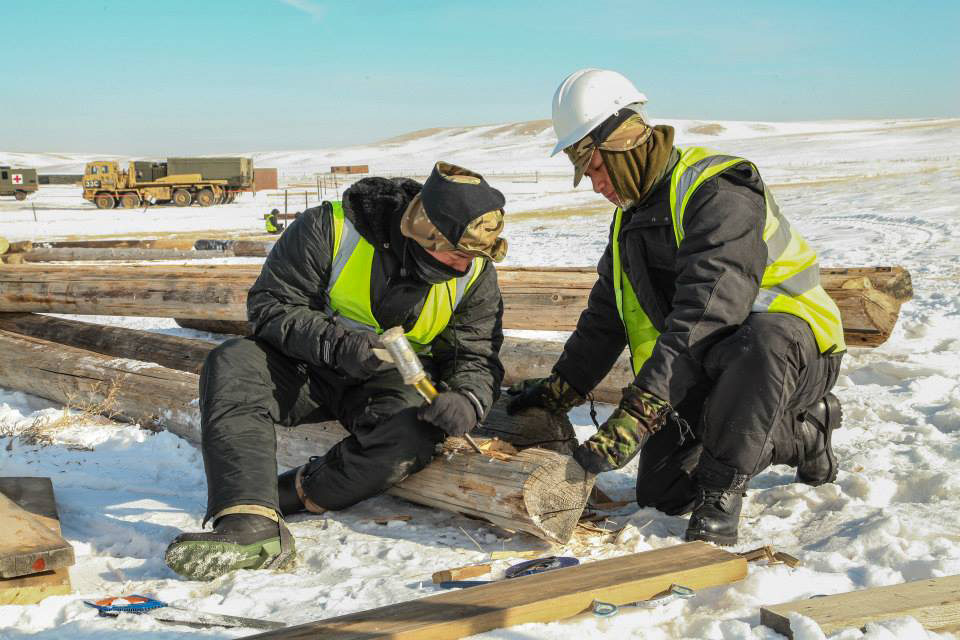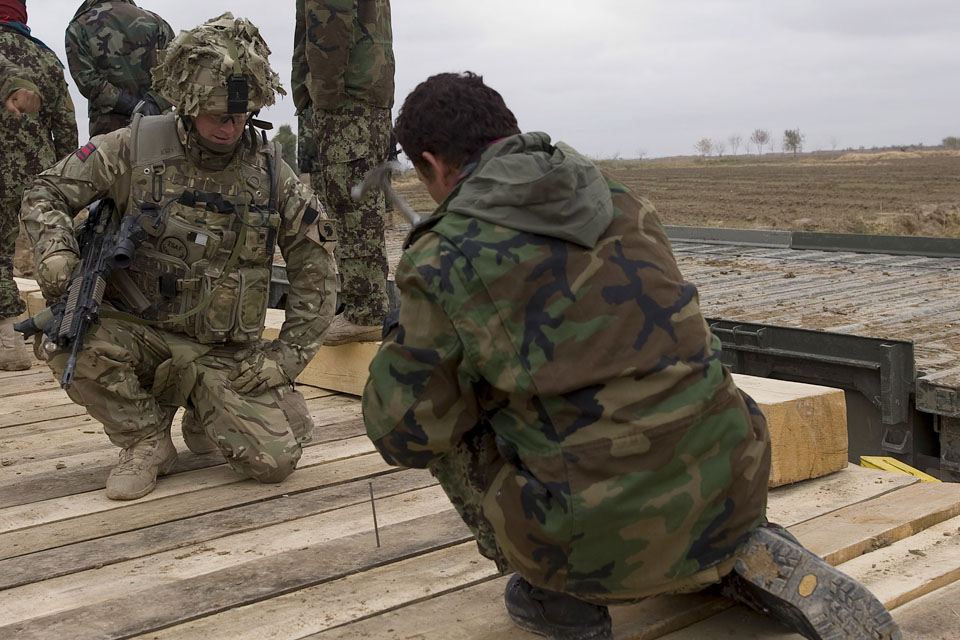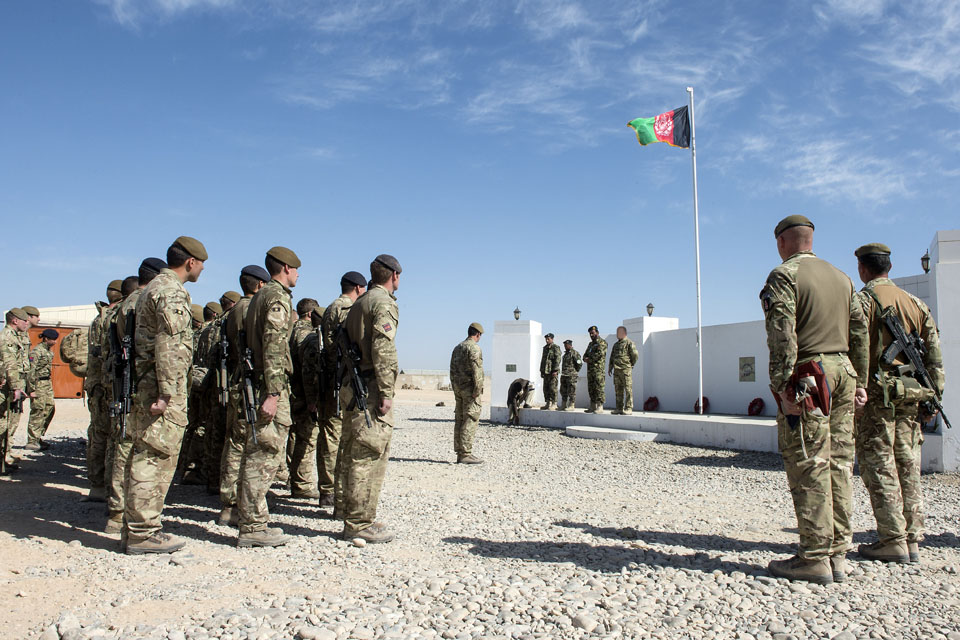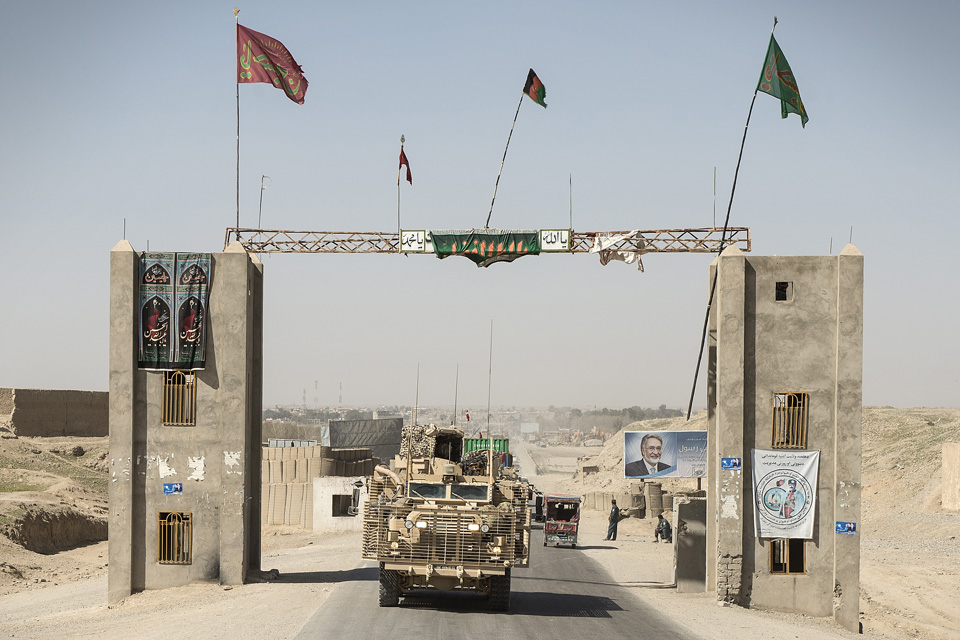LONDON — Britain is adding new headquarters and engineering buildings in Bahrain to better support its growing Arabian Gulf operations.
Tucked away on the large US base that houses the 5th Fleet, the British facilities have failed to keep up with the UK’s burgeoning maritime footprint in the region. As of the start of March, gulf operations account for nearly one-third of all Royal Navy and Royal Fleet Auxiliary vessels deployed around the globe.
Now a construction firm is preparing to build a larger headquarters for the British UK Maritime Component Command (UKMCC), as well as facilities to provide engineering and logistics support for four Royal Navy mine countermeasures vessels based in Bahrain.
“The UKMCC headquarters was formed in November 2001, with just eight people. ... Today, with a command spanning an area of operations across the entire Middle East, command of 14 ships and aviation assets, a significantly larger and increasingly multi-national and coalition mission, and 41 people in the UK headquarters, the original building is no longer fit for our purpose,” the Permanent Joint Headquarters (PJHQ) said in a statement released late last month.
The UK effort, worth nearly $10 million, is dwarfed by the US 5th Fleet’s own $580 million expansion. Still, the British investment signals continued commitment to one of the most sensitive and busiest stretches of international water in the world.
“The two projects for an HQ and the waterfront support group were brought together in 2012 and a contract worth $9.7 million has just been awarded to American International Contractors. Building work will commence in a few months’ time, and it is anticipated that both buildings will be finished early in 2015,” said PJHQ, the Northwood-based organization that plans and controls UK overseas military operations.
Besides its large role in gulf security and cooperation with regional allies, UKMCC leads Britain’s counterpiracy and maritime anti-terrorism efforts in the region.
The government, responding to a parliamentary question March 7, reported that 10 out of the 32 British warships and support vessels on duty and at sea were in the Middle East. Only Royal Navy operations in and around UK waters, with 12 vessels of various sizes, including small offshore patrol vessels, sport a larger number of ships. The numbers do not include nuclear submarines, the movements of which the British keep under wraps.
The Royal Navy has been patrolling the gulf region for decades. Despite handing over its Bahrain naval facilities to the US Navy in 1971 — part of a withdrawal from its bases east of the Suez Canal — the British presence in the region has largely endured. The Royal Navy, which has maintained a continuous presence in the gulf since 1980, is the second-biggest Western maritime force there, after the US.
Royal Navy assets in the Middle East, principally the gulf, include a frigate, one of the latest T-45 destroyers, four mine countermeasures vessels, a multirole survey ship and three Royal Fleet Auxiliary support ships including the landing ship dock Cardigan Bay.
The mine countermeasures vessels are the key Royal Navy presence in the gulf, alongside four similar US warships that would provide the main counter to Iranian mining in a crisis.
Cardigan Bay, which acts as a mothership to the mine countermeasures ships, can keep eight UK and US vessels at sea for up to three weeks at a time.
The critical importance of countermine capability in the gulf was demonstrated by last year’s exercise, the largest ever held in the region. More than 40 nations sent 35 ships and 18 unmanned underwater vehicles for a two-week test of coalition maritime forces’ ability to keep sea lanes open in the face of mines.
France, Europe’s other significant naval power, doesn’t maintain a permanent naval presence in the gulf, but it does regularly deploy warships to the region. Most recently, a task force led by its nuclear-powered aircraft carrier Charles de Gaulle traveled to the Arabian Gulf in December for a three-month mission.
Dubbed operation Bois Belleau, the deployment saw the first landing on the French carrier’s deck of an F/A-18 fighter, which was flying from the carrier Harry S. Truman, a French Navy spokesman said. A Rafale fighter also landed on the US carrier, part of an effort to boost interoperability between the two naval units.
The French unit consisted of the carrier capital ship, the frigate Forbin of the Horizon air defense class, the antisubmarine frigate Jean de Vienne, a supply ship and oil tanker and a nuclear-powered attack submarine.
Italy sends ships to the region as well. In February, the Italian frigate Libeccio pulled into Salalah in Oman at the end of a four-month anti-piracy mission, handing over duties to the destroyer Francesco Mimbelli, which will operate as part of the NATO operation Ocean Shield.
More unusually, in November, four Italian Navy ships set off on a tour of the gulf and Africa to promote Italian defense and civilian sales.
Firms such as Finmeccanica, Fincantieri, Elettronica and Beretta turned the carrier Cavour into a “large defense show like Le Bourget,” according to Italy’s defense minister, with calls to ports in Saudi Arabia, the UAE, Oman, Qatar and Kuwait.
Sailing with the Cavour were the patrol vessel Comandante Borsini, the support ship Etna and the multimission frigate Bergamini. The Italian Navy asked the firms on board to pay fuel costs, allowing the trip to become a low-cost method of training sailors.








